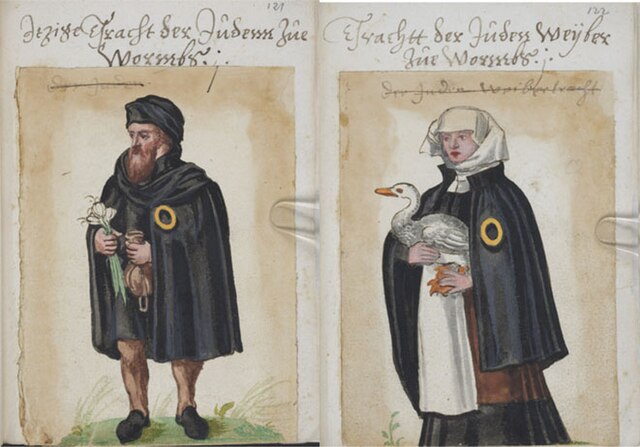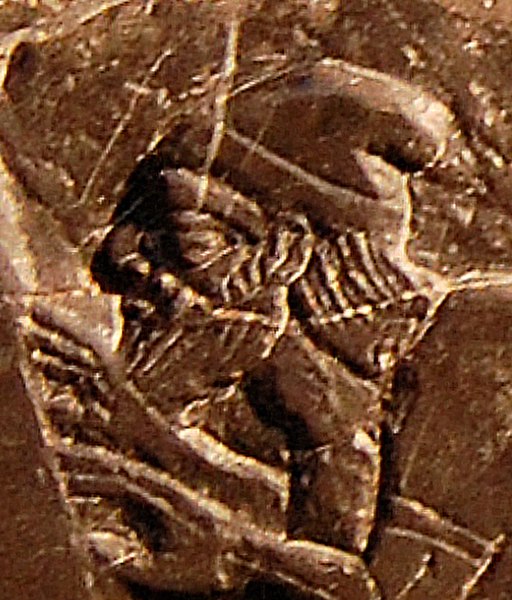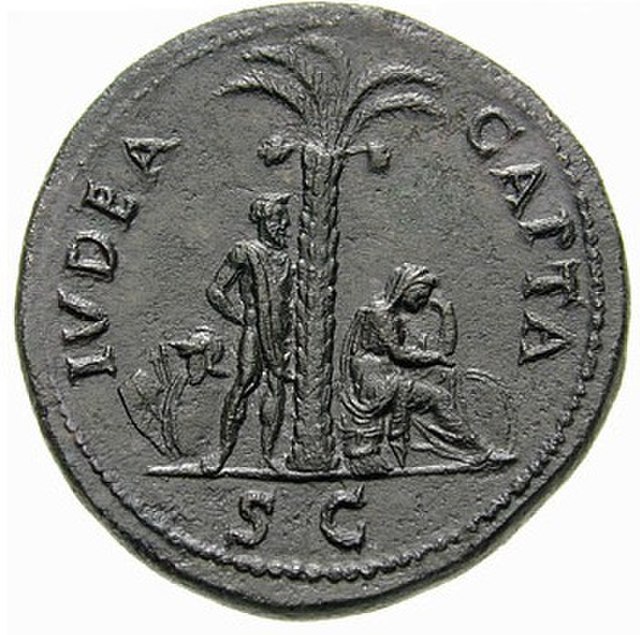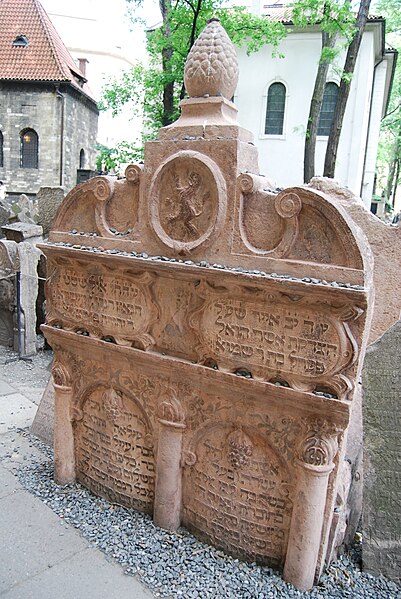Ashkenazi Jews, also known as Ashkenazic Jews or Ashkenazim, constitute a Jewish diaspora population that emerged in the Holy Roman Empire around the end of the first millennium CE. They traditionally spoke Yiddish and largely migrated towards northern and eastern Europe during the late Middle Ages due to persecution. Hebrew was primarily used as a literary and sacred language until its 20th-century revival as a common language in Israel.
The Jews in Central Europe (1881)
The Old Synagogue in Erfurt, Germany is thought to be the oldest synagogue building intact in Europe
Jews from Worms (Germany) wearing the mandatory yellow badge.
The example of the chevra kadisha, the Jewish burial society, Prague, 1772
The Jews or Jewish people are an ethnoreligious group and nation originating from the Israelites of the ancient Near East, and whose traditional religion is Judaism. Jewish ethnicity, religion, and community are highly interrelated, as Judaism is an ethnic religion, although not all ethnic Jews practice it. Despite this, religious Jews regard individuals who have formally converted to Judaism as part of the community.
Depiction of King Jehu, tenth king of the northern Kingdom of Israel, on the Black Obelisk of Shalmaneser III, 841–840 BCE. This is "the only portrayal we have in ancient Near Eastern art of an Israelite or Judaean monarch".
A Roman coin inscribed Ivdaea Capta, or "captive Judea" (71 CE), representing Judea as a seated mourning woman (right), and a Jewish captive with hands tied (left)
Tombstone of the Maharal in the Old Jewish Cemetery, Prague. The tombstones are inscribed in Hebrew.
Bible manuscript in Hebrew, 14th century. Hebrew language and alphabet were the cornerstones of the Jewish national identity in antiquity.








